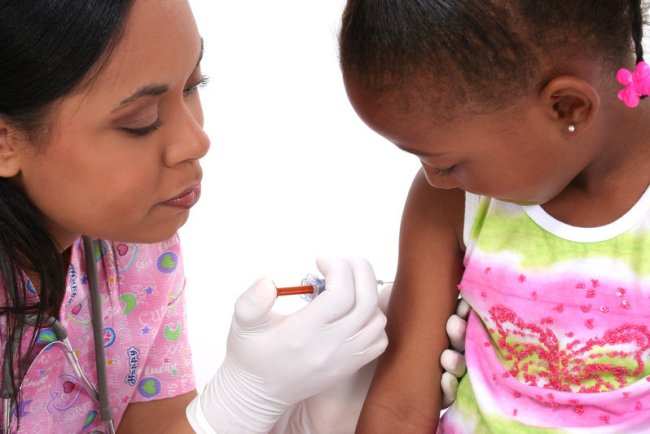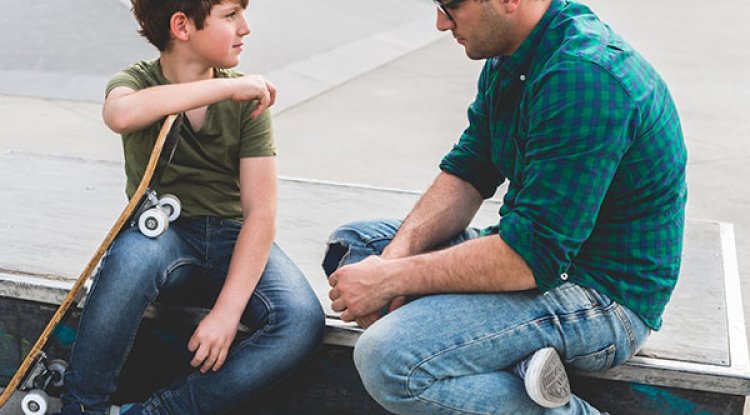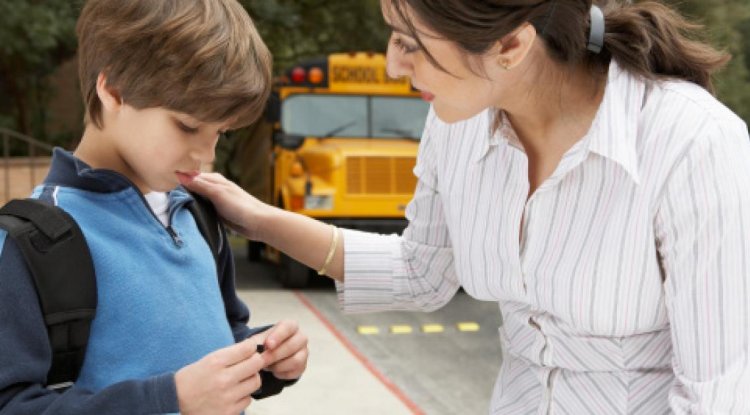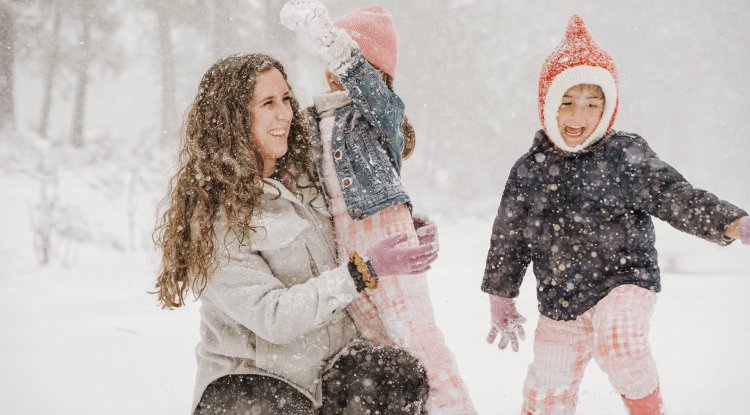4 Essential Steps Parents Can Take to Safeguard Children from Sexual Abuse
The trial of Larry Nassa the physician who sexually assaulted dozens of young gymnasts over many years, is gut-wrenching. It’s almost impossible to fathom how someone trusted by families could abuse hundreds of girls. Sadly, this kind of betrayal is more common than we’d like to admit: perpetrators often are known to the family; victims may not even recognize what’s happening; shame and fear often silence them.

While society must act, parents also hold powerful roles in prevention. Below are four meaningful, practical steps inspired by the American Academy of Pediatrics (AAP), phrased in a real-world, conversational way to help you build safety into everyday life.
1. Give Children the Right Words for Their Bodies
It may feel awkward to say words like “penis” or “vagina” out loud in front of kids. But naming all body parts correctly, including the genitals, does two vitally important things:
It empowers children to describe precisely what happened if something makes them uneasy.
It normalizes talking about the body good and bad which reduces fear and secrecy.
Think of it as giving your child a “body-safety vocabulary.” When they hear the right words early and without shame, it builds trust and clarity.
2. Teach the Difference Between “Comfortable Touches” and “Uncomfortable Touches”
Children need to understand that their bodies are truly theirs. Saying something like:
“Yes, arms and legs get patted sometimes. But no one should touch your private parts in a way you don’t like.”
“Good touch is comfortable, welcome, and normal for the setting. Bad touch feels weird, unwanted, or secrets are involved.”
Crucially when a child says a touch made them uncomfortable, believe them. Ask questions calmly. Don’t brush it off. The moment you listen sets the tone that their concerns matter.
3. Make “Keeping Secrets” a Red Flag
Not all secrets are innocent birthday surprises. In the context of abuse, secrecy often becomes the tool of the perpetrator. Teach children:
It’s okay to keep surprise secrets like “I packed you a cake,” but not okay if an adult says, “You can’t tell anyone about this.”
If anyone asks them to keep something hidden, they should always tell a safe adult.
When you normalize openness, you reduce the power that secrets have over children.
4. Cultivate Ongoing, Age-Appropriate Conversations About Bodies and Boundaries
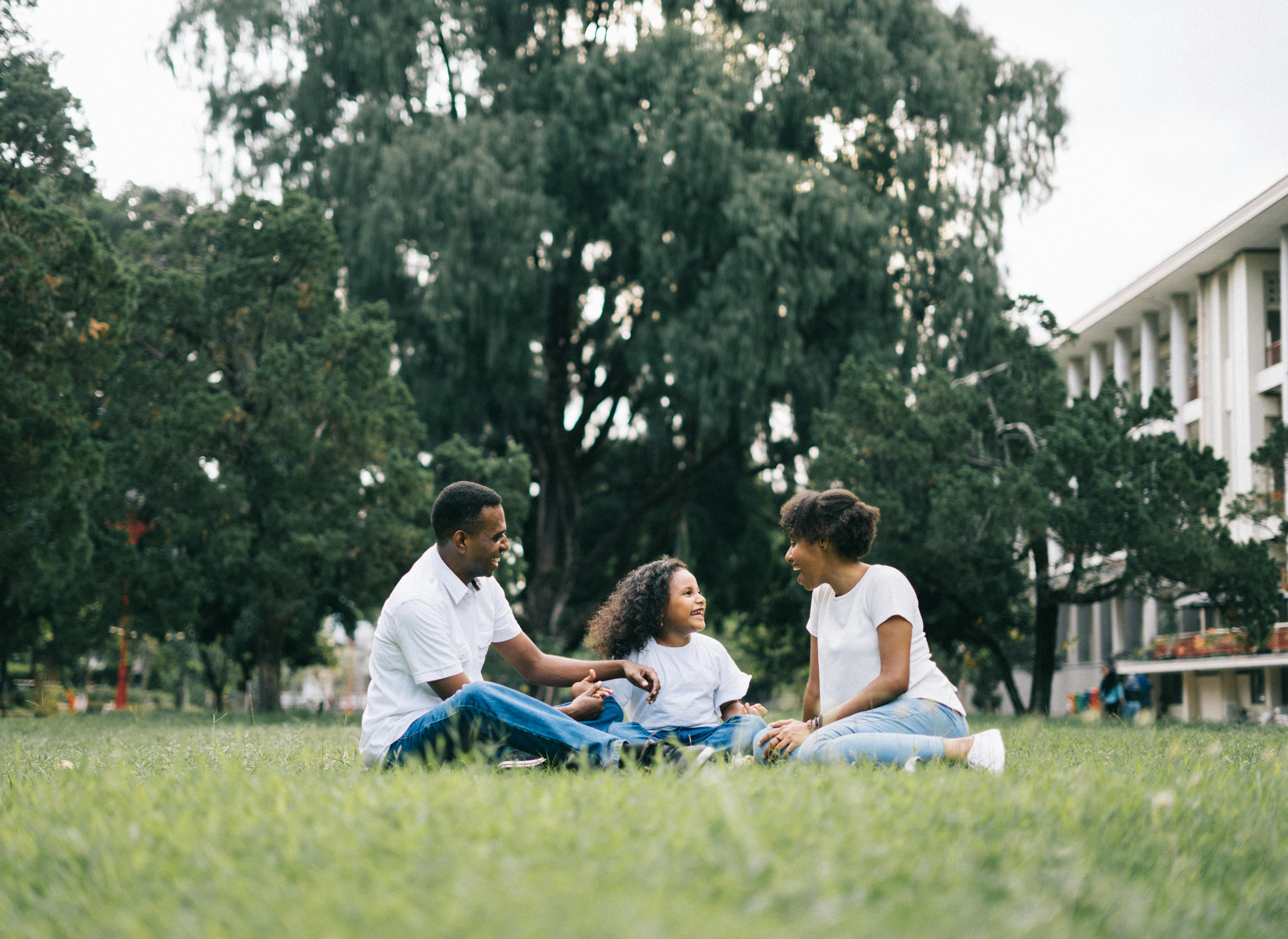
Talking about sex, changing bodies, or healthy relationships is uncomfortable for many parents but it’s exactly what helps kids feel safe.
Here’s how to weave it into daily life:
Use the media they consume a TV show, social-media post, news story to open gently:
“Did you notice how that character reacted when someone crossed their boundary?”
With age, talk about body changes, consent, online safety, relationships and do it without judgment or alarm.
When stories like the Nassar case appear in the news, use them as learning moments:
“That’s why we talk about what’s okay and what’s not.”
By keeping the dialogue alive, you build an environment where your children feel comfortable raising red flags.
Why All This Matters
Sexual abuse often thrives in silence and secrecy and when victims are too afraid or clueless to speak up. By giving children vocabulary, boundaries, and open doors of communication, you dramatically reduce that risk.
You’re not adding fear. You’re building confidence, awareness, and connection.
And the strongest tool children have is the knowledge that they will be heard.
Your efforts may not guarantee perfect protectio but they dramatically increase the odds that a child will speak up, and that you will listen.
And when you listen? Everything changes.
What's Your Reaction?







